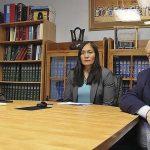
DODE sets guidelines for school reopenings
WINDOW ROCK
As the Navajo Nation Council prepared to debate legislation to rescind the law that closed Navajo Nation schools to in-person learning last summer, the Division of Diné Education Tuesday unveiled its guidelines for schools that wish to reopen once Council gives the green light.
The plan, presented at a Zoom meeting of school leaders, leaves plenty of room for local autonomy, but emphasizes caution and collaboration between the school administration, parents and staff.
Darrick Franklin, of DODE’s Office of Diné Accountability and Compliance, noted that the plan does not cover residential facilities. DODE will meet with dormitory and boarding school representatives today (Thursday) to gain input on the special conditions that arise at those facilities.
Under the plan, each school will appoint a “reopening readiness team” comprised of an administrator, a local health worker, a teacher, a facility maintenance representative and a parent or guardian to determine whether the school is ready to reopen.
The decision will be based on a checklist that includes such factors as educating parents and students about COVID-19, screening in-person students, disinfecting classrooms, heating and cooling system filtration, what to do in case a student or staff member tests positive, etc.
Either the team or a safety authority such as a local fire marshal will do a physical walk-through of the school buildings and document their findings.
After examining the school’s reopening plan and facilities, the team must come to a consensus that all the conditions have been fulfilled before the school can reopen to hybrid learning.
The team will then sign an “attestation statement,” which they will submit to DODE along with the checklist and school reopening plan.
Navajo Nation Superintendent of Schools Patricia Gonnie emphasized that no school will be compelled to reopen, even if the Navajo Nation achieves the “green” phase of COVID-19 risk, or zero to minimal level of transmission (it’s currently in the orange, or high risk phase after having been in the red phase for months).
“This is your choice as to whether you open your school,” Gonnie told the assembled administrators. “Nothing compels you to open.”
At the current risk level, a school can have a maximum of 35% classroom occupancy — that’s nine students and a teacher in a classroom that usually holds 30 students.
Once the yellow level is reached, it’s 50%, and at the green level, it’s 75%.
“Note that it doesn’t go up to 100 percent,” said Shayla Yellowhair, director of the accreditation nonprofit Cognia’s Navajo Nation office, who helped Gonnie present the plan.
That’s because parents will have the choice of keeping their students in online learning if they want to, and DODE anticipates many will make that choice, including parents of students with health issues, special needs and the small but substantial number of students who are actually performing better online.
“This is a time to be innovative,” Yellowhair said. “We really, really hope we take this opportunity to not go back to the status quo.”
This means that teachers will have to come up with lesson strategies for their in-person students, online students and possibly paper packets for students who don’t have internet.
As for the upcoming state assessments, which will probably have to be done in-person to minimize cheating, “We remain hopeful in communicating with our state partners that they will entertain an extension of the testing window into the summer months or possibly into the 2021-22 school year,” Gonnie said.
While most teachers have been vaccinated by now, some administrators said there are a few who, because of health or religious reasons, refused to get the vaccine.
Gonnie suggested those teachers could be utilized for online-only classes. She also noted that the Pfizer vaccine is available for everyone 16 and older, which includes most high school juniors and seniors, and high schools should be encouraging these students to get vaccinated as well.
President Jonathan Nez, who sat in on the meeting, warned administrators not to jump the gun.
“The Nation’s position is still virtual learning,” he pointed out. “A resolution was passed and it was signed into law. Until that law gets reconsidered, that’s our position.”
He added that the highly contagious “UK variant” of COVID-19 is making its way into the west, the vaccine isn’t available to younger students yet, and there are only about eight weeks left in the school year.
The legislation to rescind the online-only resolution was presented to the Health, Education and Human Services Committee Wednesday, may go to the Nabik’iyat’I’ Committee today, and according to Gonnie, the full Council could convene a special meeting to consider it Friday.
Information: The full reopening plan is available here https://www.navajonationdode.org/wp-content/uploads/2021/03/NN-Reopening-Plan-FINAL.pdf
As a public service, the Navajo Times is making all coverage of the coronavirus pandemic fully available on its website. Please support the Times by subscribing.
How to protect yourself and others.
Why masks work. Which masks are best.
Resources for coronavirus assistance

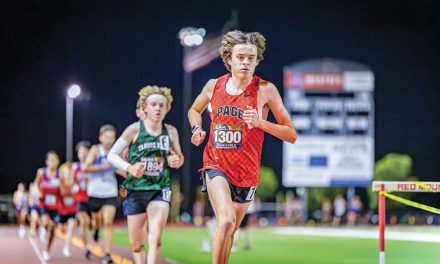
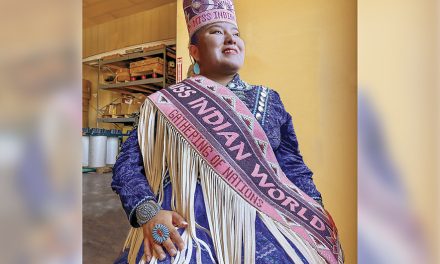
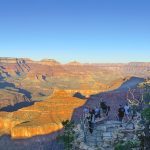
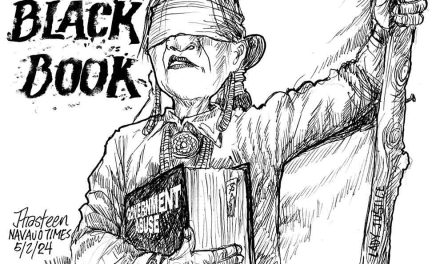



 Highway 264,
Highway 264, I-40, WB @ Winslow
I-40, WB @ Winslow